|
Here's another repeat from last year. Students learned about Frank Gehry and his titanium covered buildings. You can read the details here! Enjoy the pictures below as well!
0 Comments
To finish off the school year, I thought we would do one last architecture project. Architecture is my favorite thing to learn about in art! I saw this project over at Deep Space Sparkle and knew that I just had to do it! We also quickly looked at Marz Jr.'s illustrations. I didn't go too in-depth on him but he is an illustrator who often depicts iconic buildings or things from pop culture in his works. Many times, the thing that he is trying to draw your attention to he will leave white while the background is colored. This contrast in colors creates a focal point. With Chicago being so close to us, the students and I talked about the history surrounding the architecture. We talked about the Great Chicago Fire and how a clumsy ole' cow tipped over a lantern. The ensuing fire burnt down a large chunk of the city. This left architects with an open canvas to rebuild and re-design the city. Architects had to work vertically due to limited space and this was largely made possible because of the recent invention of steel.
Throughout this project, we talked about the repeated geometric shapes in buildings. We also talked about space and how size and overlapping create this feeling. I had one student ask me about Antoni Gaudi which blew me away because he is one of the few architects who uses organic shapes rather than geometric. She had read a book about him! Students drew 2-3 buildings on a colored background and then one more building on a white paper. Then they sharpie'd and erased. After gluing their white building down, we talked about why the white building was the first thing we noticed. This is called the focal point or emphasis. This is due to the contrasting color of the white building. Frank Gehry is a Canadian-American architect most widely known for his large, titanium exterior buildings. His architecture features a lot of curves and gives his buildings a sense of movement. They have been credited with helping the economy of cities that they are featured in because of their popularity with tourists. This was a short project that was packed full of some big art concepts for the artists. We talked about movement in art and even though Gehry's buildings don't physically move, their curves give them the sense of mevement. We also talked about form and how form is another word for 3D or something that looks like it's 3D. Lastly, we talked abotu different kinds of lines. Typically, line is something that I hit really hard with kindergarten but since I didn't have these guys in kindergarten, we needed some work on our line knowledge. We really hammered knowing the difference between horizontal, vertical, and diagonal. We got to use shiny metallic paper on this project. The kids FREAKED! We started off by drawing a squiggly line with a sharpie that filled our paper and overlapped in several areas. Students needed to be careful that they didn't turn that squiggle into a scribble or the next step would become a little too hard. After their squiggly line, they then filled in all of the shapes it created with vertical, horizontal, and diagonal lines. This was meant to look like the paneling on Gehry's buildings. The second class was spent cutting out our shape and then cutting 4-6 slits into the shape. I then stapled down one part of their sculpture to a black paper. They were then free to glue and curl whatever parts of their paper that they wanted, as long as their artwork took on form and wasn't flat. Some chose to glue down several parts of their project, others chose to curl some pieces in and others out.
I thought this project turned out super cool! I just wish that the photos did them justice. Because of their shiny surface, they don't show their form super well. With my recent trip to Chicago over spring break, I found a lot of inspiration in the architecture. Architecture is my favorite thing to learn about in art! I saw this project somewhere online and decided it would be a good tie in with some history about Chicago.
We talked about the Great Chicago Fire and how a clumsy ole' cow tipped over a lantern. The ensuing fire burnt down a large chunk of the city. This left architects with an open canvas to rebuild and re-design the city. Architects had to work vertically due to limited space and this was largely made possible because of the recent invention of steel. Throughout this project, we talked about the repeated geometric shapes in buildings. We also talked about space and how size and overlapping create this feeling. I had one student ask me about Antoni Gaudi which blew me away because he is one of the few architects who uses organic shapes rather than geometric. She had read a book about him! Students drew 2-3 buildings on a colored background and then one more building on a white paper. Then they sharpie'd and erased. After gluing their white building down, we talked about why the white building was the first thing we noticed. This is called the focal point or emphasis. This is due to the contrasting color of the white building. |
Devon CalvertHarmony and Consolidated Elementary Art Teacher in Milton, WI. UW-Eau Claire graduate. WAEA President. Apple Teacher. Archives
March 2019
Categories
All
|
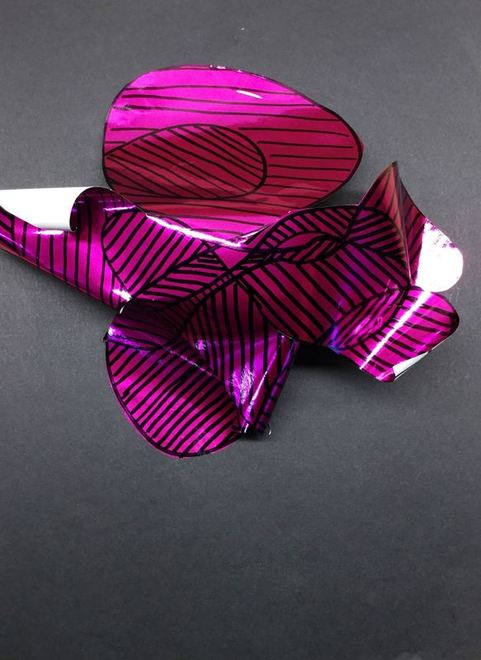
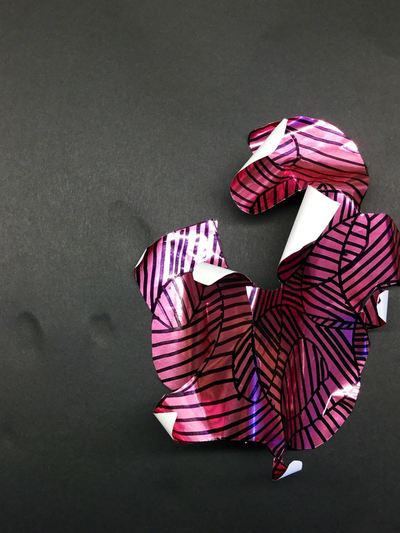
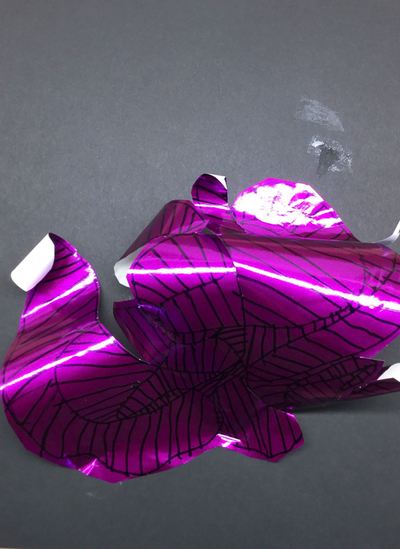
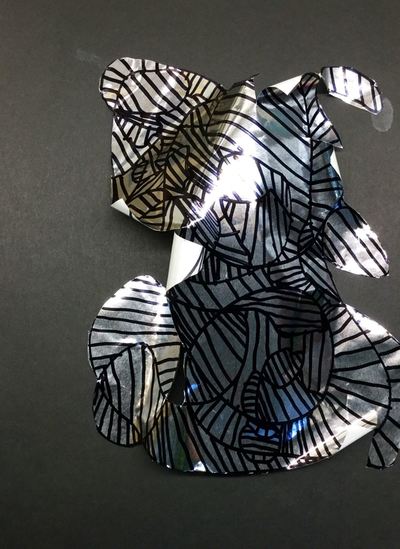
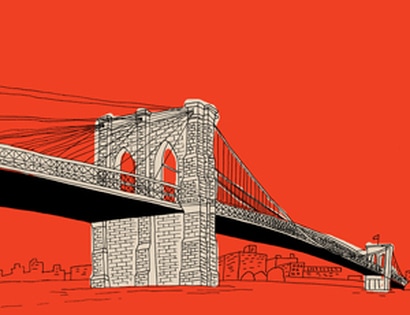
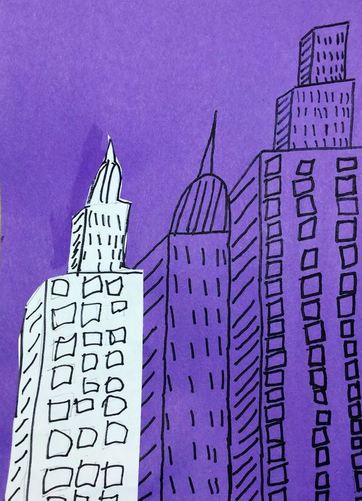
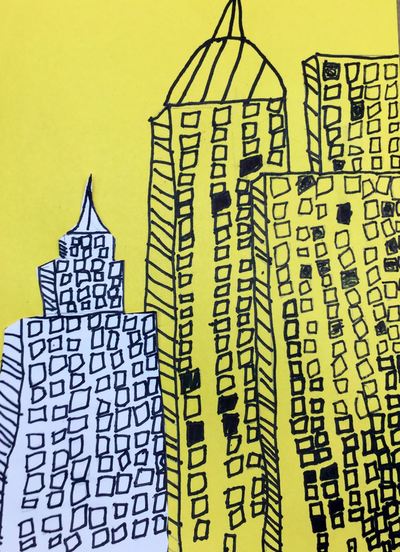
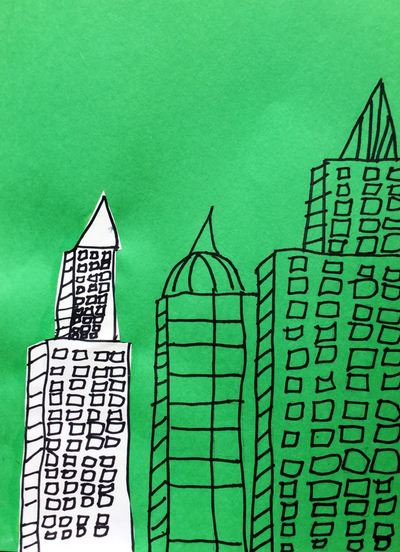
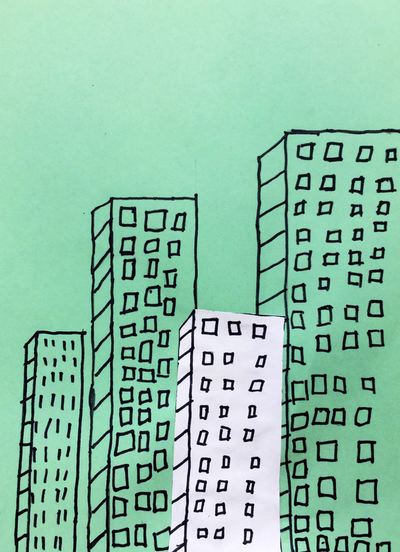

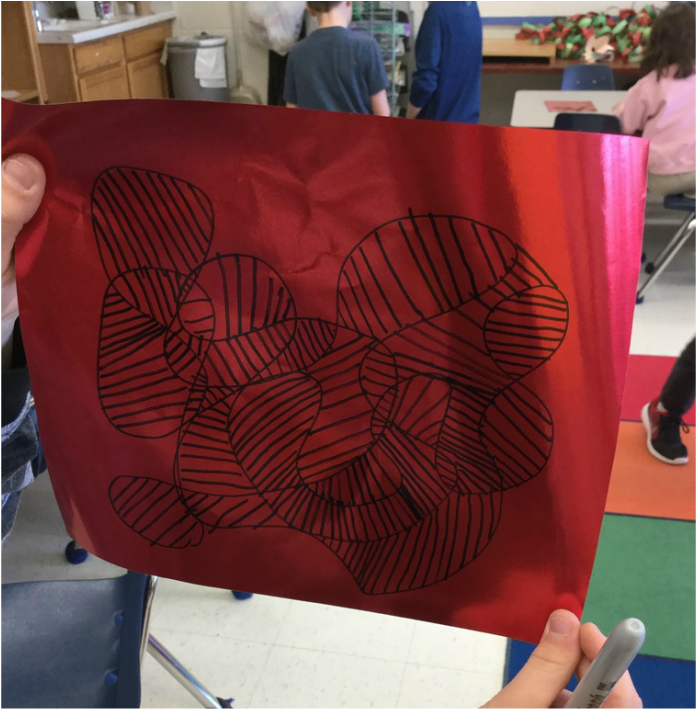
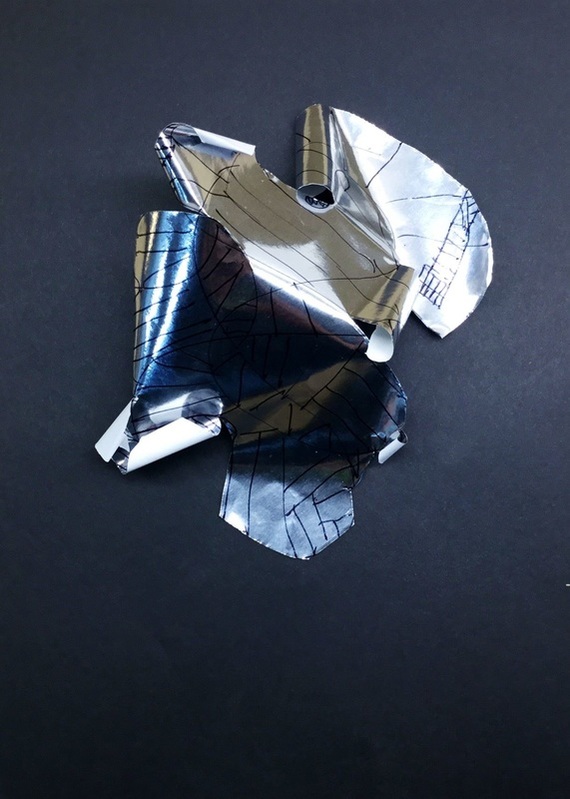
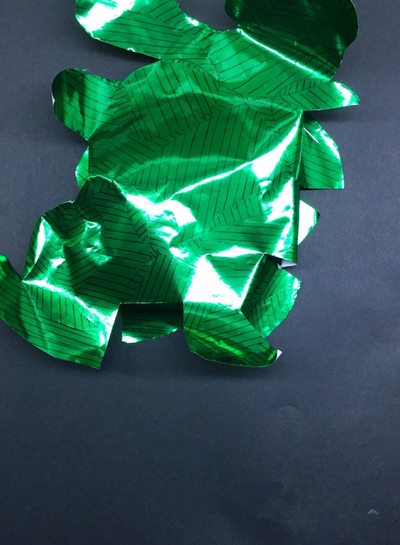
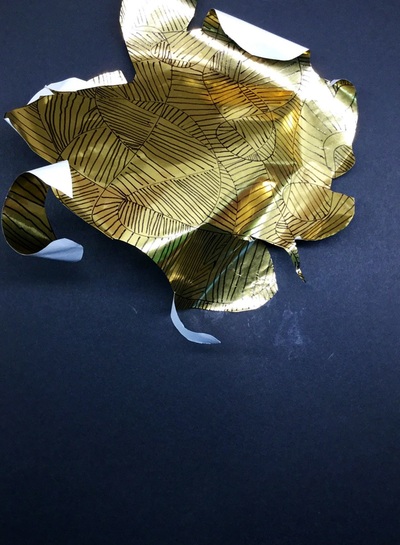
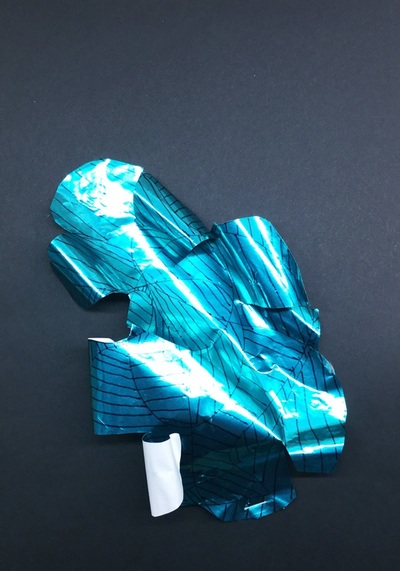
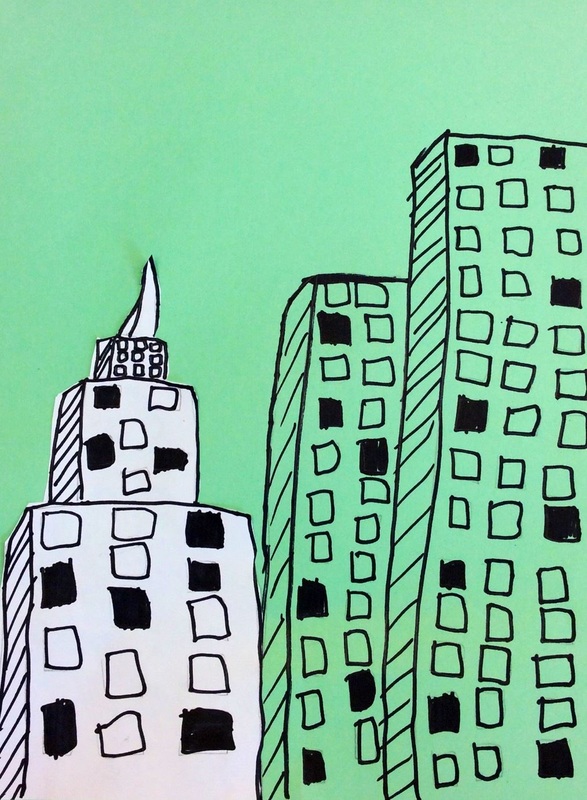
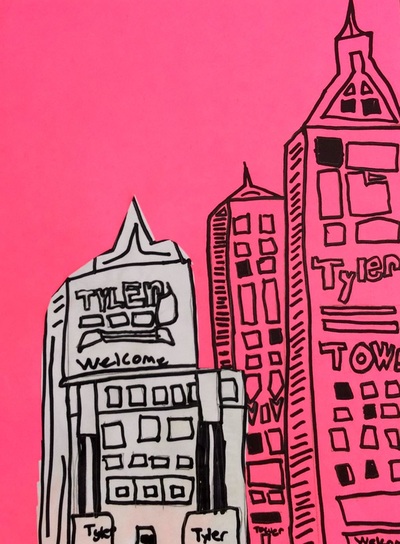
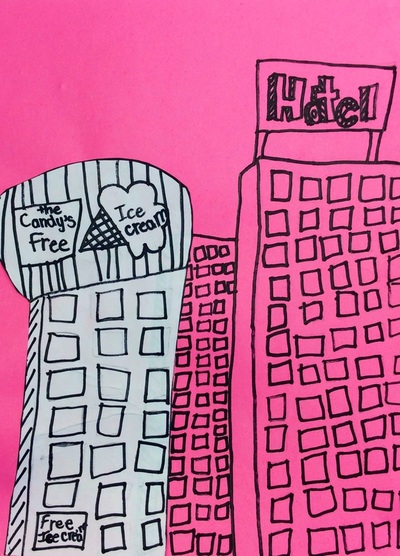
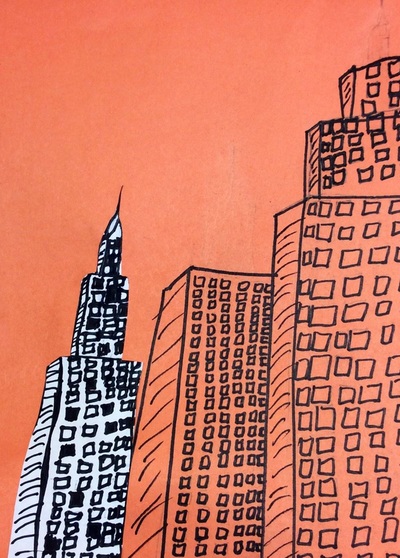
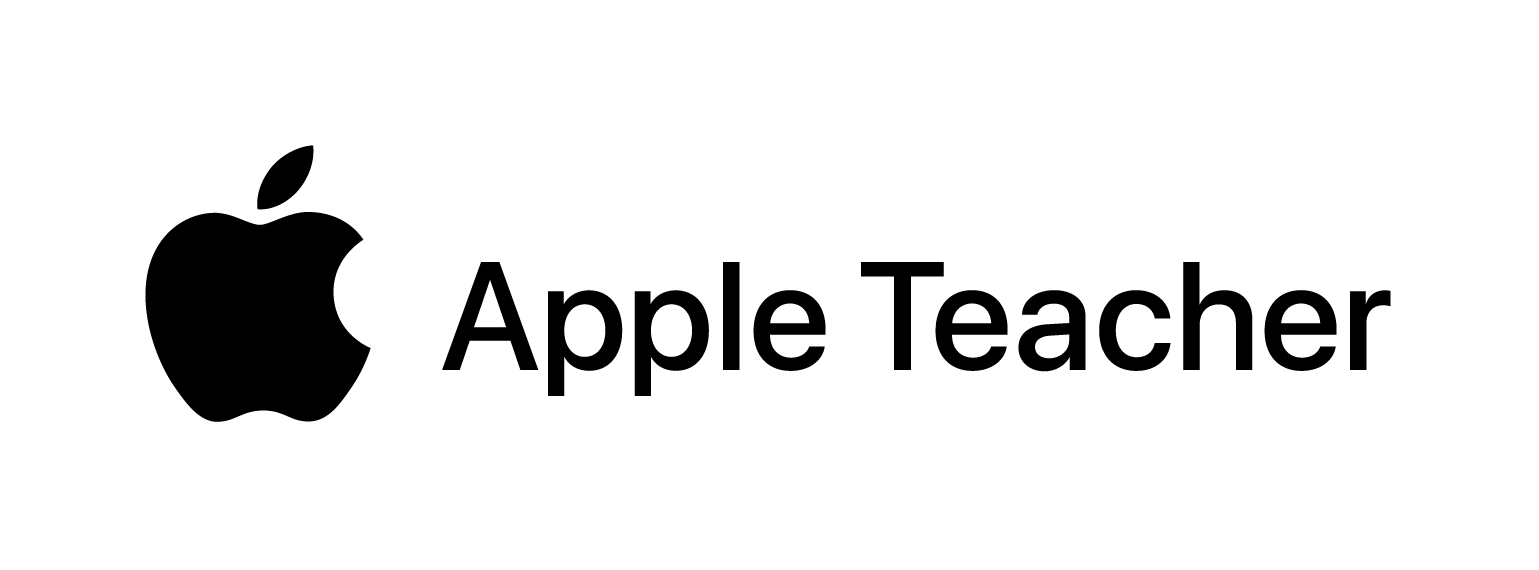
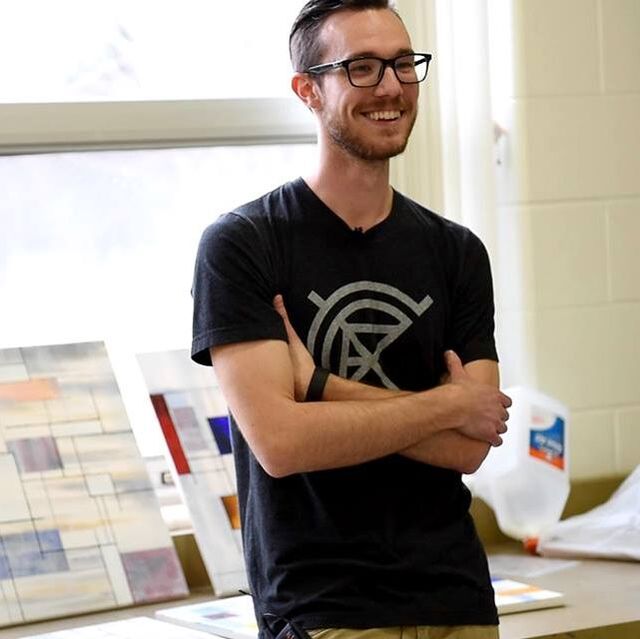
 RSS Feed
RSS Feed
